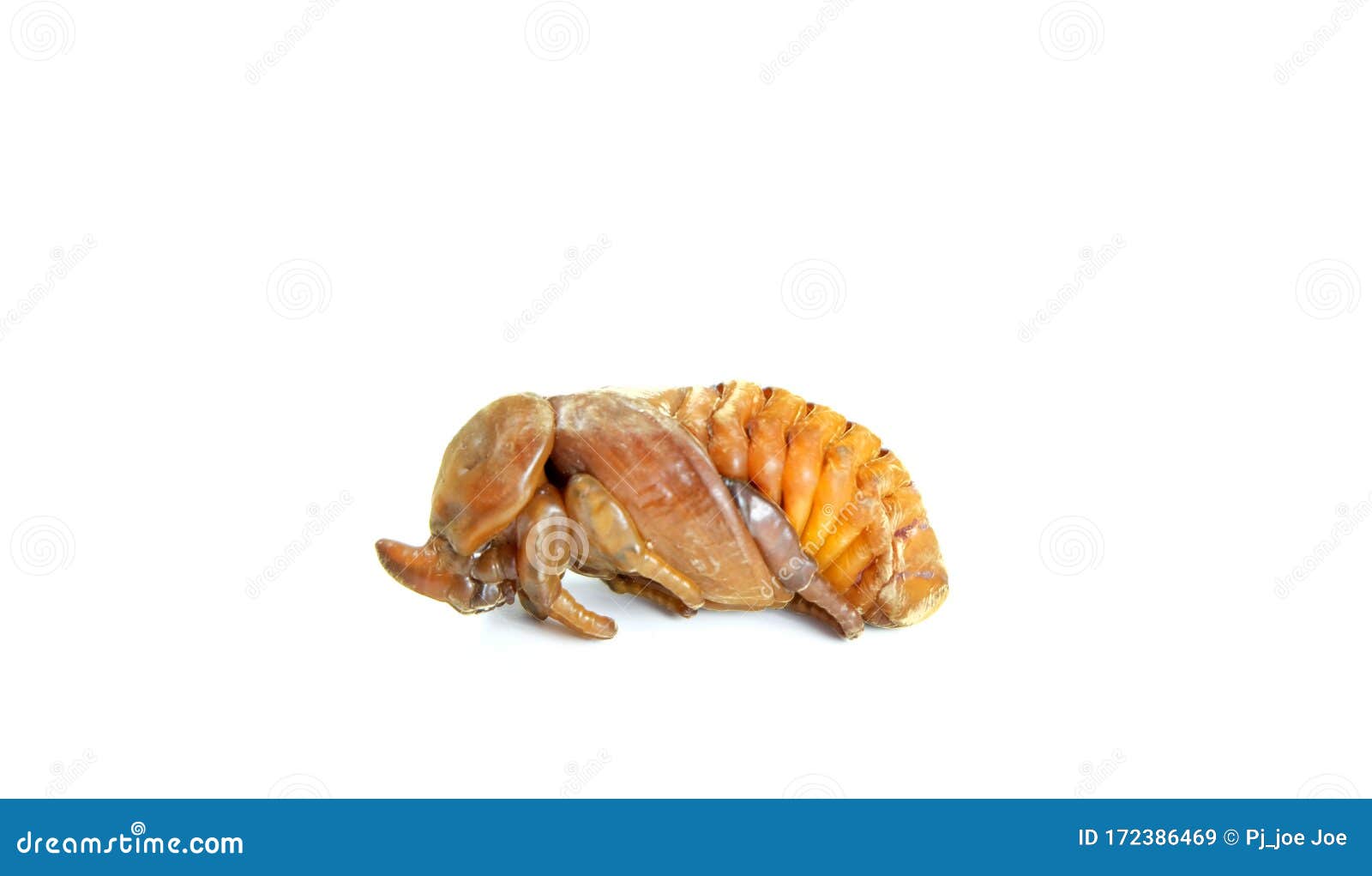

“They have significant resources that we never had,” he said. The smaller the island, the more susceptible to damage from invaders, Moore said. Ants and other beetle species may also help by eating the rhino beetle’s larvae.Īnd Oahu is bigger than Guam, which is located about 1,500 miles south of Japan in the Northern Mariana Islands. Most of Guam’s avian life was wiped out by another invasive species, the brown tree snake, which arrived around 1950.īirds, rats and mongoose, which were introduced to Hawaii in a 19th century attempt to control rats, are already attacking the rhino beetles, Moore said. “We can expect to lose about 50% of our coconut palms when it’s all over, and that’s looking really sad,” he said.īut Hawaii has some advantages that Guam didn’t – including plenty of natural beetle predators such as birds. And the same thing will happen in Hawaii if they don’t start doing something right away.”
Coconut rhinoceros beetle how to#
“So now we’re trying to learn how to live with it. “Eradication isn’t impossible, but it’s highly improbable at this time,” Moore said. Efforts to wipe them out have been unsuccessful, said Aubrey Moore, a University of Guam entomologist who is advising Hawaii on what has and hasn’t worked there. In 2007, it reached Guam, probably in a shipment of construction material from Asia, according to the U.S. The coconut rhino beetle has been turning up across the Pacific islands since the 1940s. The coconut is no longer a cash crop on Hawaii, “but it’s super-important as an ornamental plant.” Islanders still eat its meat, drink its milk and the husks and fibers have a variety of uses in native Hawaiian cultural practices.Īnd the beetles might not stop at the palms: They could also attack valuable crops and ornamental plants, he said. “Do people want to go to a Hawaii that is without palm trees?” Oishi asked. An uncontrolled infestation would pose a “tremendous” economic risks to the state, he said.

So far, scientists have found a relatively small population of several thousand. “What we have found is one major breeding site and a few minor breeding sites, all in close proximity to each other, and we are currently working with the Navy and the USDA plant protection and quarantine service to deal with the issue,” Oishi said. And since Honolulu’s international airport is located just across a highway from the golf course, they might have reached Hawaii via civilian aircraft. Oishi said there’s no evidence they stowed away aboard a military ship or plane. The source of the infestation on Oahu is unclear so far. Other alternatives under consideration include possibly releasing a fungus or a virus known to attack the insect in its native habitat in tropical Asia, Oishi said. About 500 pheromone-baited traps have been deployed within a one-mile radius of the site authorities have urged the public to look out for the beetle and clear away any debris that might make for a beetle’s love nest. The first specimens in Hawaii turned up on a golf course on the military’s Joint Base Pearl Harbor-Hickam, outside Honolulu, in December. “This beetle is really tough, and most of the pesticides that are legal for use in Hawaii do not work on it,” said Darcy Oishi, the state Agriculture Department official in charge of containing the beetle. Adults can grow up to two inches long and live to the ripe old age of three months. Then it crawls off to breed, preferably in piles of mulch or trash. Pacific territory of Guam.īig, hungry and hard to kill, the coconut rhino beetle bores into the tops of coconut palms, eating growing tissues, drinking the sap, ripping into the bases of fronds and exposing the plant to disease.

That’s a question the island state hopes it won’t have to answer as it attempts to stave off an invasion by the coconut rhinoceros beetle, an unwanted visitor that’s already done extensive damage on the U.S.


 0 kommentar(er)
0 kommentar(er)
